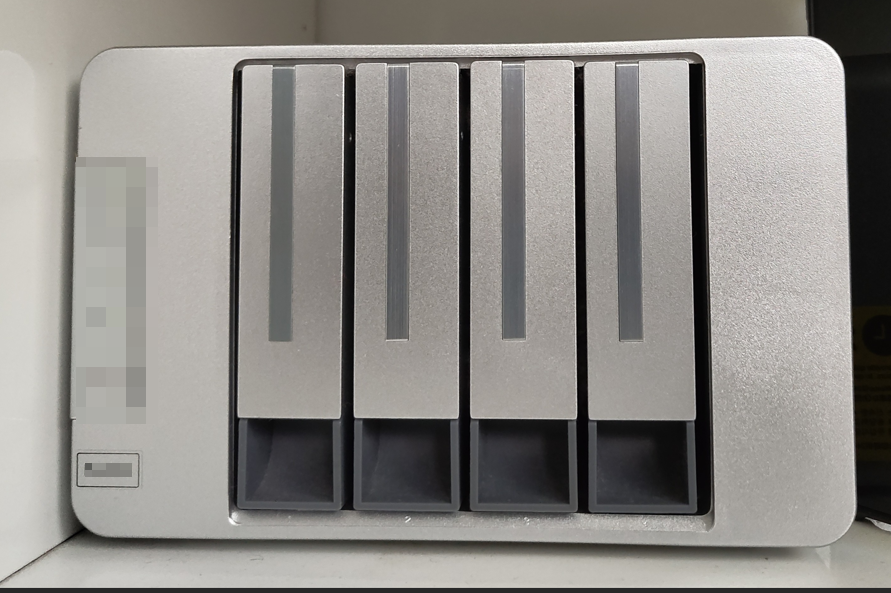A NAS was my first impulse purchase for my homelab
Initial Homelab Storage Configuration and Limitations
My initial homelab storage solution comprised a RAID5 array utilizing four Toshiba N300 NAS drives within a prebuilt 4-bay NAS. While the low initial cost was a primary factor in the selection, the long-term operational limitations of this configuration became apparent.

The Realtek RTD1296 ARM-based CPU and limited, non-upgradeable RAM presented significant performance constraints. The Operating System, with its last update for this model in 2023, further restricted functionality. Specifically, the lack of a compatible Tailscale package for the ARM architecture, a desired feature, highlighted the limitations of the older hardware and software. While this prevented direct Tailscale installation on the NAS, it gave me the opportunity to learn how Tailscale’s subnet routing works.
A critical concern was the lack of user-serviceable components within the NAS. Hardware failure would mean migrating the entire RAID5 array only to an identical model, effectively creating vendor lock-in and restricting future hardware flexibility.
Finally, the NAS’ RAID5 implementation, while accommodating disks of varying capacities, presented a significant challenge. The proprietary combination of RAID5 and Logical Volume Management (LVM) meant that I cannot perform a direct migration of the disks to a different system, hindering data portability and recovery options.
Migration Strategy
Given these limitations, I needed to revise the storage configuration, focusing on data preservation, improved flexibility, and enhanced data integrity. The following steps outline the planned migration:
- Data Backup: Securely back up all existing data from the pre-built NAS to a temporary storage location.
- Filesystem Reconfiguration: Reformat the Toshiba N300 drives, removing the existing proprietary RAID5 and LVM configuration.
- Compute Server Integration: Add the reformatted drives into my primary compute server.
- MergerFS and SnapRAID Implementation:
- Use MergerFS to create a unified storage pool across the 2 of the NAS drives (2x 4TB drives are pooled), providing flexibility and scalability.
- Implement SnapRAID to provide parity-based data protection and bitrot detection. One drive is used for Parity information. This configuration offers a balance between data redundancy and the ability to utilize drives of different sizes.
- Data Restoration: Restore the backed-up data to the newly configured MergerFS pool.
- Data Validation: Verify the integrity of the restored data.
- Ongoing Maintenance: Establish a schedule for regular SnapRAID
syncandscruboperations to maintain data integrity and enable recovery from potential drive failures.
This approach addresses the limitations of the original prebuilt NAS solution, providing a more resilient, flexible, and maintainable storage infrastructure for my homelab data.
The combination of MergerFS and SnapRAID provides a better balance of performance, data protection, and expandability compared to the proprietary RAID5 implementation of the pre-built NAS.

